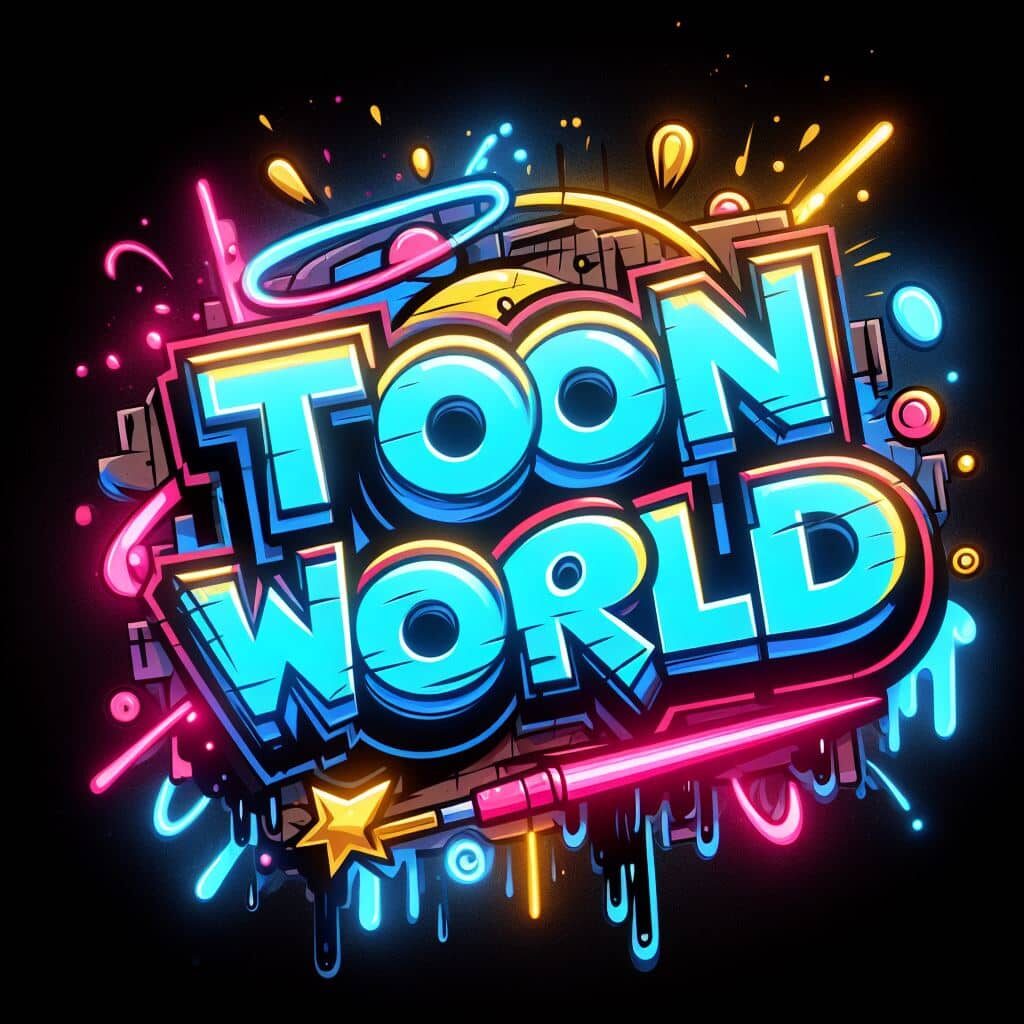The concept of sin holds a significant place in cultures and religious beliefs, acting as a moral compass for human behavior. Among these ideas, the seven mortal sins stand out, providing a framework that offers depth to our moral dialogues. These cardinal sins have shaped and reshaped our understanding, prompting thought and discussion across generations. In this article, we’ll dive into the evolution of these seven sins and explore how they reflect our modern worldview.
The Seven Mortal Sins Reimagined
Let’s kick things off by breaking down each of the seven mortal sins and seeing how they fit into today’s context.

1. Lust: A Double-Edged Sword
Traditionally, lust reels us in with raw, overwhelming desire for sexual gratification. Today, however, this feeling has shifted to emphasize issues of
Seven Mortal Sins That Changed Our Understanding of Sin

The Origins and Impact of the Seven Mortal Sins
The concept of the seven mortal sins has captivated humanity for centuries. These sins—lust, gluttony, greed, sloth, wrath, envy, and pride—are considered deadly because they lead to other sinful behaviors. This idea took shape in the early Christian teachings, and it’s incredible how it’s woven into literature, art, and even high-energy anime like The God of High School, where characters often wrestle with their own moral dilemmas. Ever thought about how these sins pop up in your favorite media? For example, Lust and Greed drive many plotlines, just like the fierce rivalry in popular games such as Street Fighter 5, where characters are often fueled by their darker impulses.
Sins in Popular Culture and Beyond
Interestingly, modern films and shows are replete with depictions of these seven mortal sins. From the dramatic twists seen in the Misfits Series to Lewis Tans captivating performances, mayhem often sparks from these fundamental flaws in the characters’ moral fabric. The allure of the seven mortal sins doesn’t just stop at entertainment; it also spills over into pop culture discussions and debates, echoing in coffee shop chatter that mirrors the creativity of the Starbucks menu Drinks, where every combination of flavors has a story, much like the layers of sin and consequence in our own lives.
Reflections on Contemporary Examples
Even beyond fiction, the relevance of the seven mortal sins manifests in real-world discussions, such as political retirements that get people talking. Take, for example, Nancy Pelosi’s retirement and how public perception can shift when considering envy and pride in leadership. In everyday life, we also find connections; think of indulgences like Neutrogena body oil that promise luxury but can easily tip into gluttony—overdoing it in beauty routines. Understanding these motifs as more than abstract concepts can create a relatable lens through which we can explore our flaws and intentions. Just like the process to cancel an Apple TV subscription can feel sinfully easy—tempting you to binge instead of finish that unfinished book!
The seven mortal sins continue to be a fascinating topic, revealing the human psyche’s deepest conflicts. Whether seen in a grand narrative or in a coffee shop line, these sins shape our interactions and storylines, reminding us that the struggle against our darker selves is what makes us human.






















